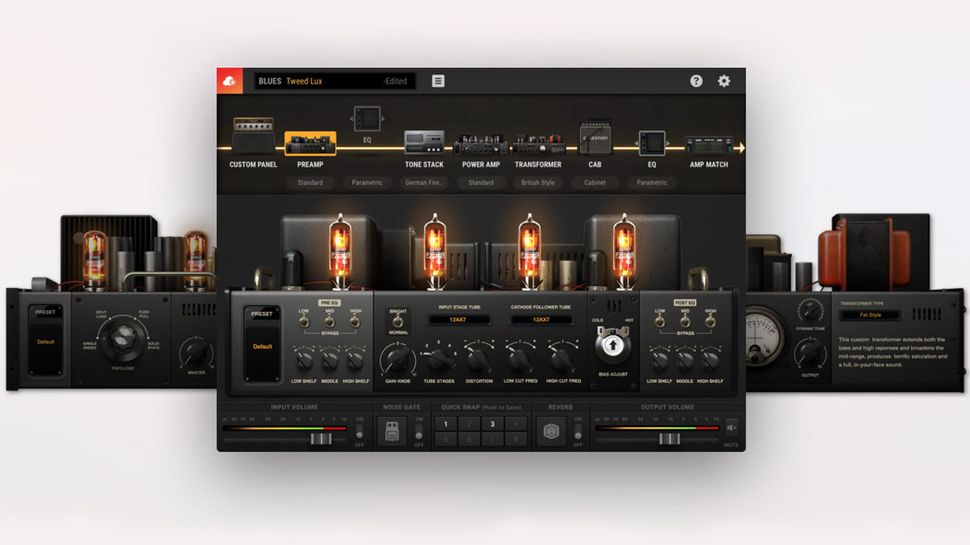

Regarding portability: I am into small, compact, lightweight equipment now that I am retired. I couldn’t get a an acceptable tone without the app. Sometimes I just want to turn on the amp and change a few settings without pulling out my phone. This is typical for the current generation of desktop amps. However, the app is essential to set your tone beyond a limited range.

The amp has fairly typical knobs that you would find on any combo or head for physically adjusting the settings without using an app. I had difficulty finding more than three amp models that I could tweak to get a sound I thought acceptable. But, my preferences are a fairly clean sound with little or no overdrive and just a hint of reverb when playing in a small space. Pedals include a noise gate, compressor, drive, modulation, and echo, most with several different models and a bunch of settings that can be customized. You can choose from the typical assortment of amps from clean to high gain plus bass and acoustic amps. The Amp and pedal modeling and tweaking is something that will appeal to many guitarists. I prefer the Real Book chords for jazz standards or the iReal Pro app which can show me the same Real Book chords on my phone or computer. The Spark’s ability to listen to a tune and figure out the chords sounds interesting but when it managed to show me chords, they were not the ones I would have chosen.

POSITIVE GRID SPARK AMP HOW TO
The portability of the amp should have been another factor but wasn’t.Īlthough I am always trying to learn how to be a better guitarists, I am not a beginner. The main feature I was interested in was build-in Bluetooth connectivity to stream backing tracks or tunes I was attempting to learn. But I got caught up in the hype and ordered a Spark directly from Positive Grid. One of them is a 15-year old modeling, practice amp from Vox with a single 5-inch speaker and a maximum of 10 watts. I currently have three guitar amplifiers. I didn’t need another amp or even another practice amp.


 0 kommentar(er)
0 kommentar(er)
